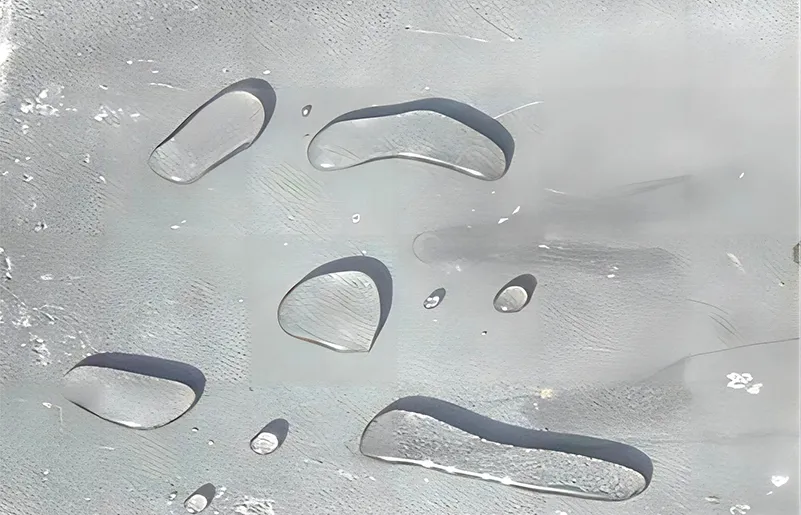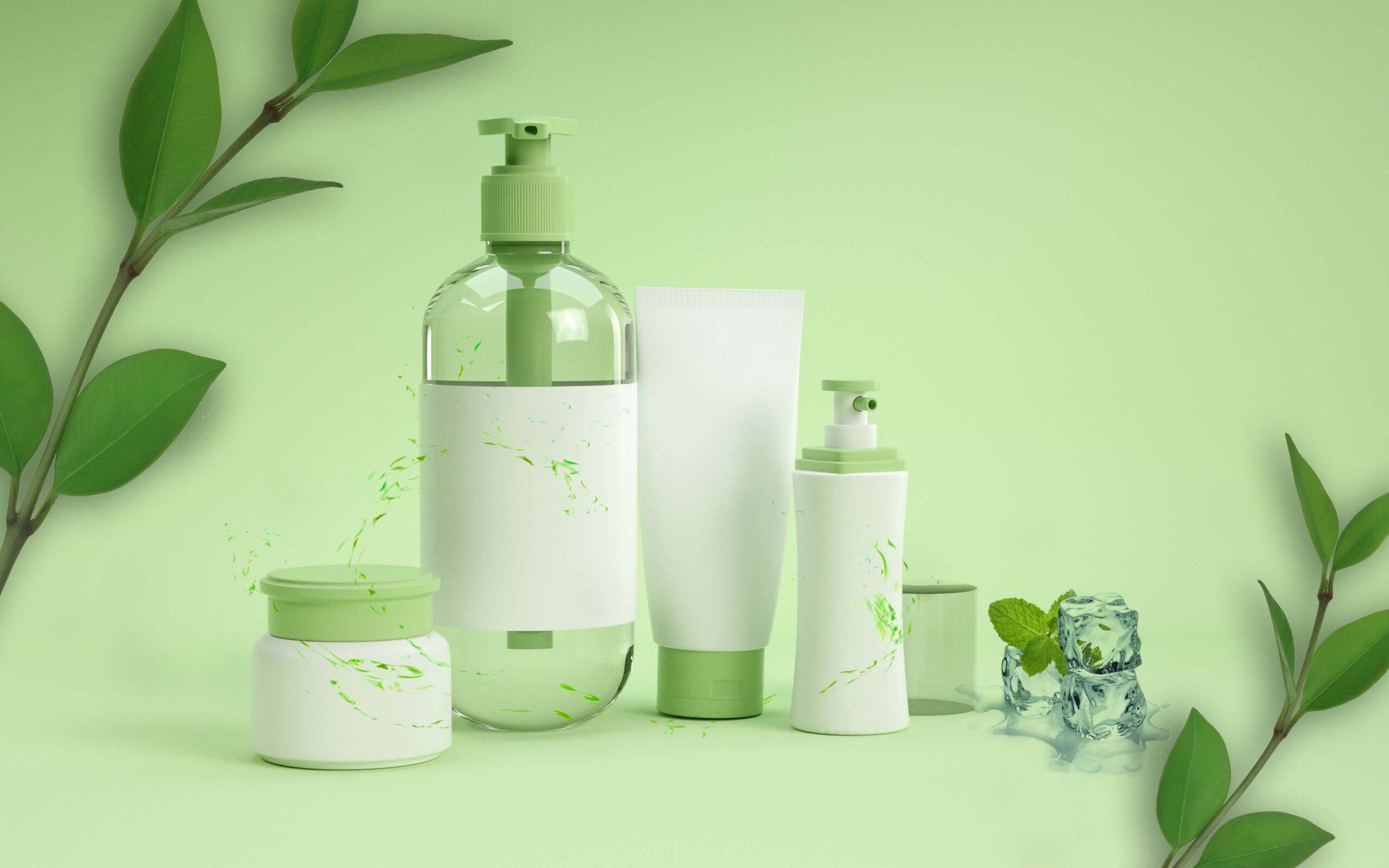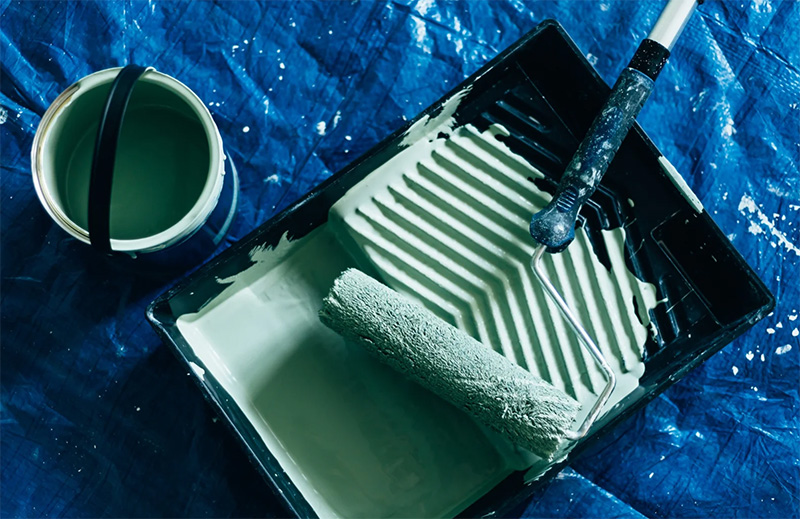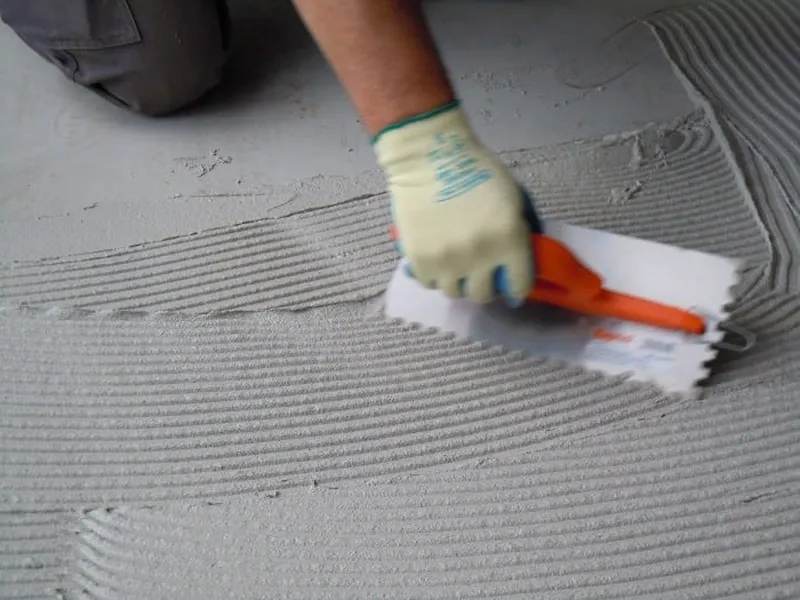
In fact, PAC is technically a type of CMC. But in real-world applications, they behave differently—especially under challenging conditions like high salinity or elevated temperatures.
So, what’s the real difference between CMC and PAC? This article breaks it down in a clear, practical way, helping you understand which one best fits your needs.
I.The Basics: What Are CMC and PAC?
1.CMC
CMC, or Carboxymethyl Cellulose, is one of the most common cellulose derivatives. It’s made by treating cellulose (from cotton or wood pulp) with alkali and monochloroacetic acid, introducing carboxymethyl groups (-CH₂COOH) into the cellulose chain.
The result? A water-soluble polymer that acts as a thickener, binder, stabilizer, or film former in everything from toothpaste and ice cream to cement and ceramics.
2.PAC
PAC, or Polyanionic Cellulose, is chemically very similar to CMC. In fact, it’s often considered a high-purity, high-performance version of CMC. It’s produced through the same general method, but under stricter process control, using more advanced equipment and optimized formulation techniques.
The result is a material with more uniform substitution, better salt resistance, and improved stability—especially in harsh environments.
II.Similar Chemistry, Different Performance
From a strict chemical perspective, PAC is a type of CMC. However, several key differences arise from how they are made:
1.Substitution Uniformity
The performance of cellulose ether depends largely on the uniform distribution of carboxymethyl groups on the cellulose chain. PAC have a higher and more uniform degree of substitution, resulting in better water solubility and more stable performance in solution.
2.Salt and High Temperature Resistance
PAC have excellent salt and high temperature resistance, making them suitable for oil drilling fluids and other demanding applications. CMC, while effective in freshwater systems, tends to perform poorly in high salinity or high heat environments.
3.Purity and Consistency
PAC are manufactured to higher purity standards, with fewer impurities and a more uniform molecular weight distribution. This results in less batch-to-batch variability and better control of viscosity, fluid loss, and rheological behavior.
III.FTIR Spectral Comparison: A Closer Look

By using infrared spectroscopy to qualitatively analyze the structures of CMC and PAC, it can be seen that the characteristic vibration peaks of PAC and CMC are extremely similar, and the peak heights are basically the same.
IV.Application Differences
| Property | CMC | PAC |
|---|---|---|
| Chemical Structure | Cellulose with carboxymethyl groups | High-uniformity carboxymethyl cellulose |
| Salt Resistance | Moderate | Excellent |
| Thermal Stability | Moderate | Excellent |
| Oil Drilling | Limited use | Industry standard |
| Food & Pharma Use | Widely used (E466) | Rarely used |
| Viscosity Control | Broad range of options | Focused LV/HV for specific functions |
| Manufacturing Consistency | Varies by grade and producer | Tight control with modern processes |
V.Which One Should You Use?
But if your application involves harsh environments, such as saltwater, high heat, or pressure-sensitive systems like oilfield drilling fluids, then PAC is the better option. It’s designed specifically for performance under stress.
Keep in mind: PAC isn’t a chemically different material—it’s a technically optimized CMC, with greater attention to detail in how it’s formulated and manufactured.
VI.Conclusion
The difference between CMC and PAC lies in performance, not basic chemistry. Both are water-soluble polymers based on cellulose. But PAC has a more uniform structure, better salt and heat resistance, and higher production stability.
Need help choosing between the two? Our technical team can recommend the right grade for your application – whether you need a food-safe binder or a high-performance drilling fluid additive.













